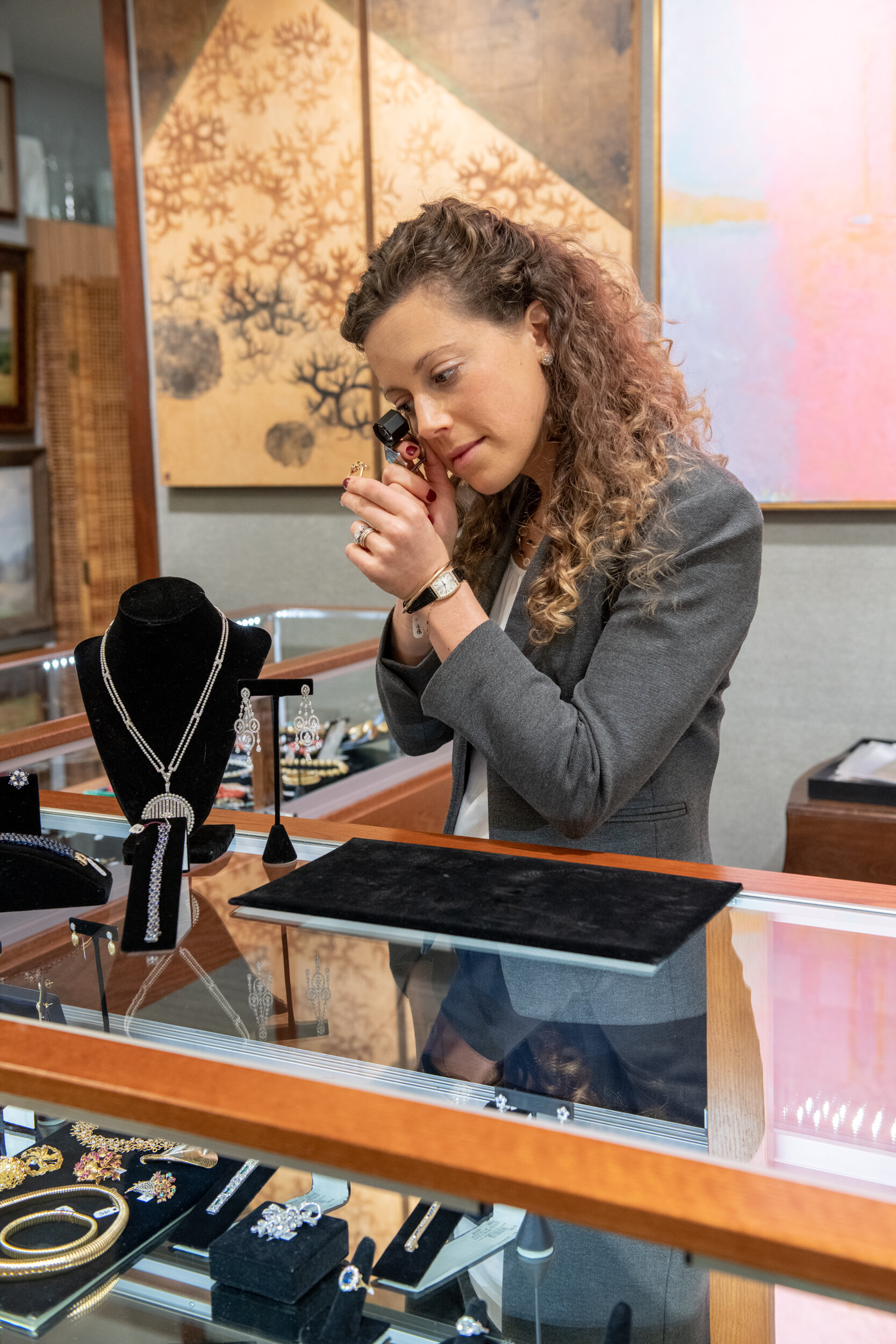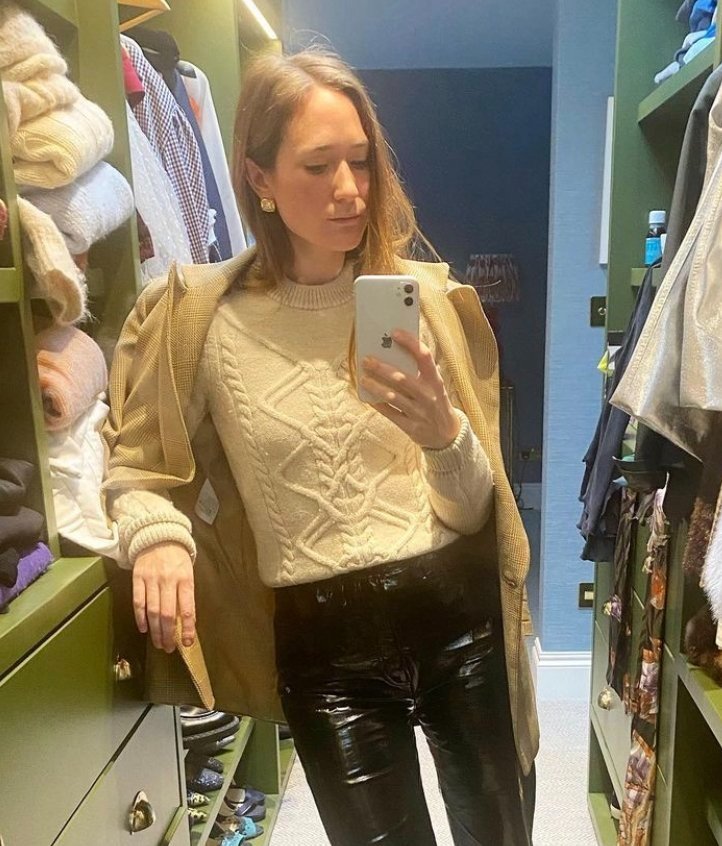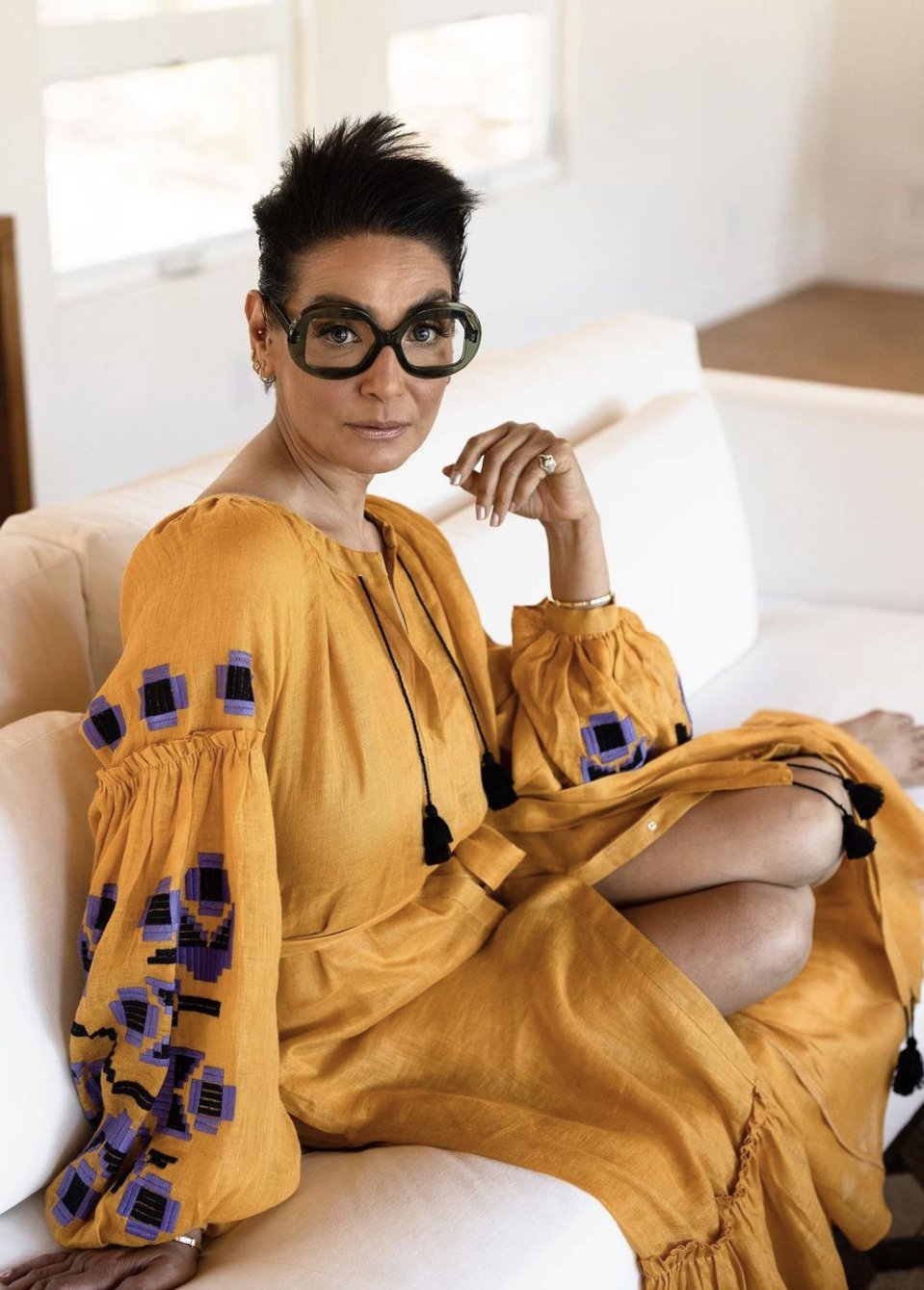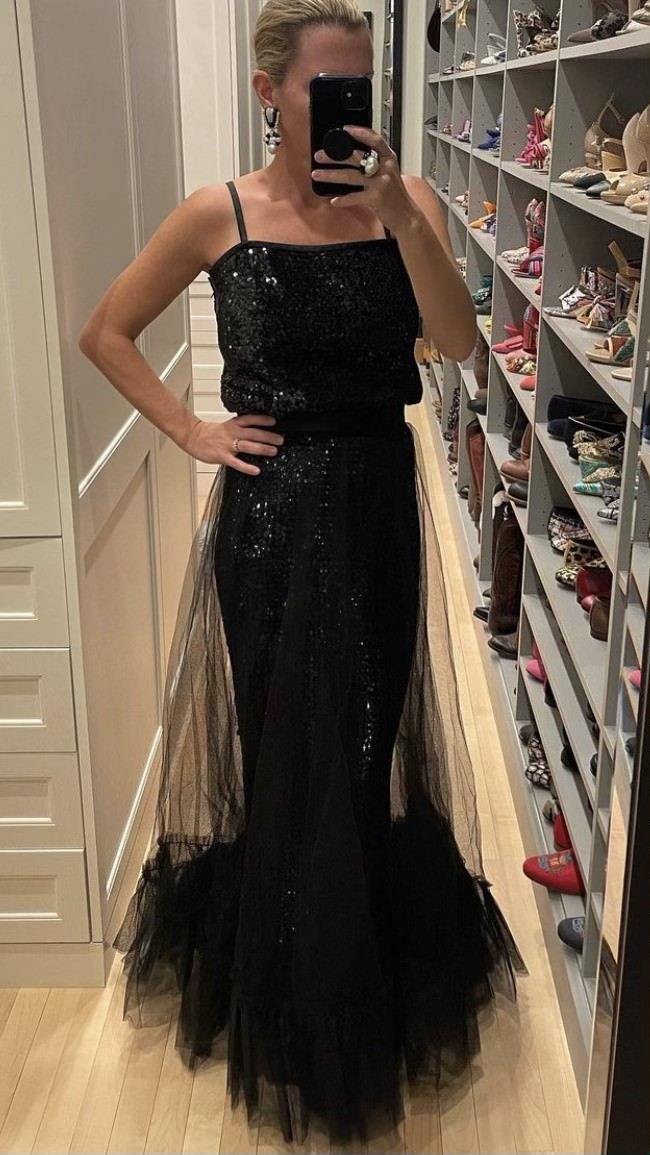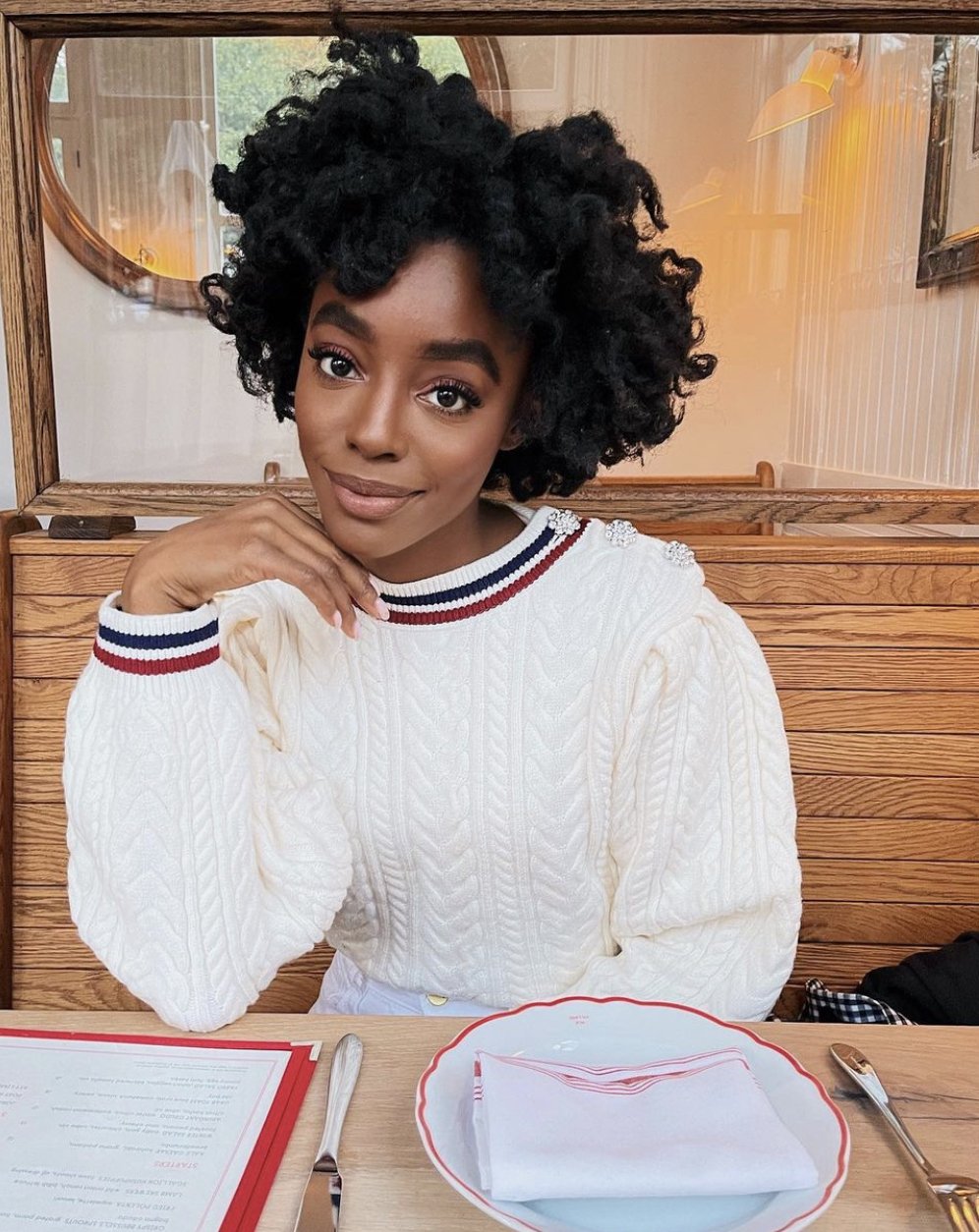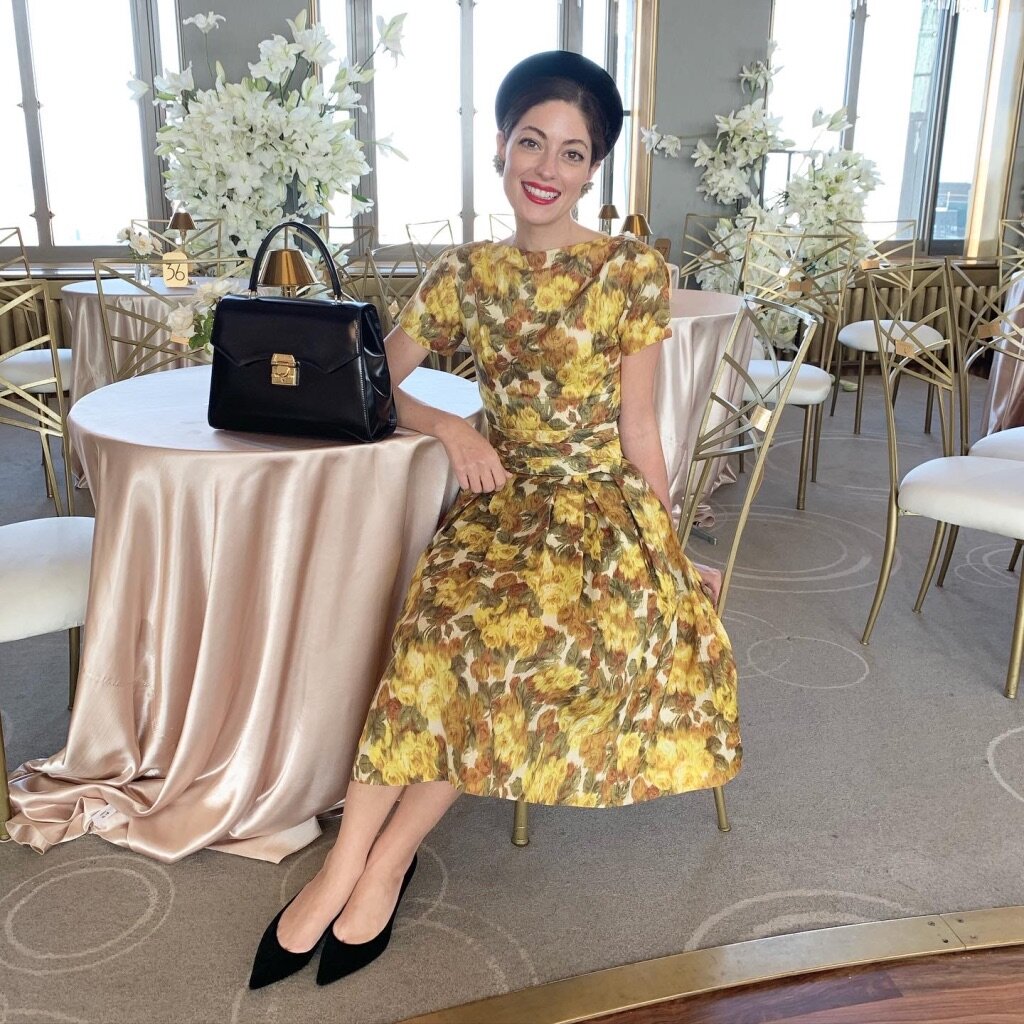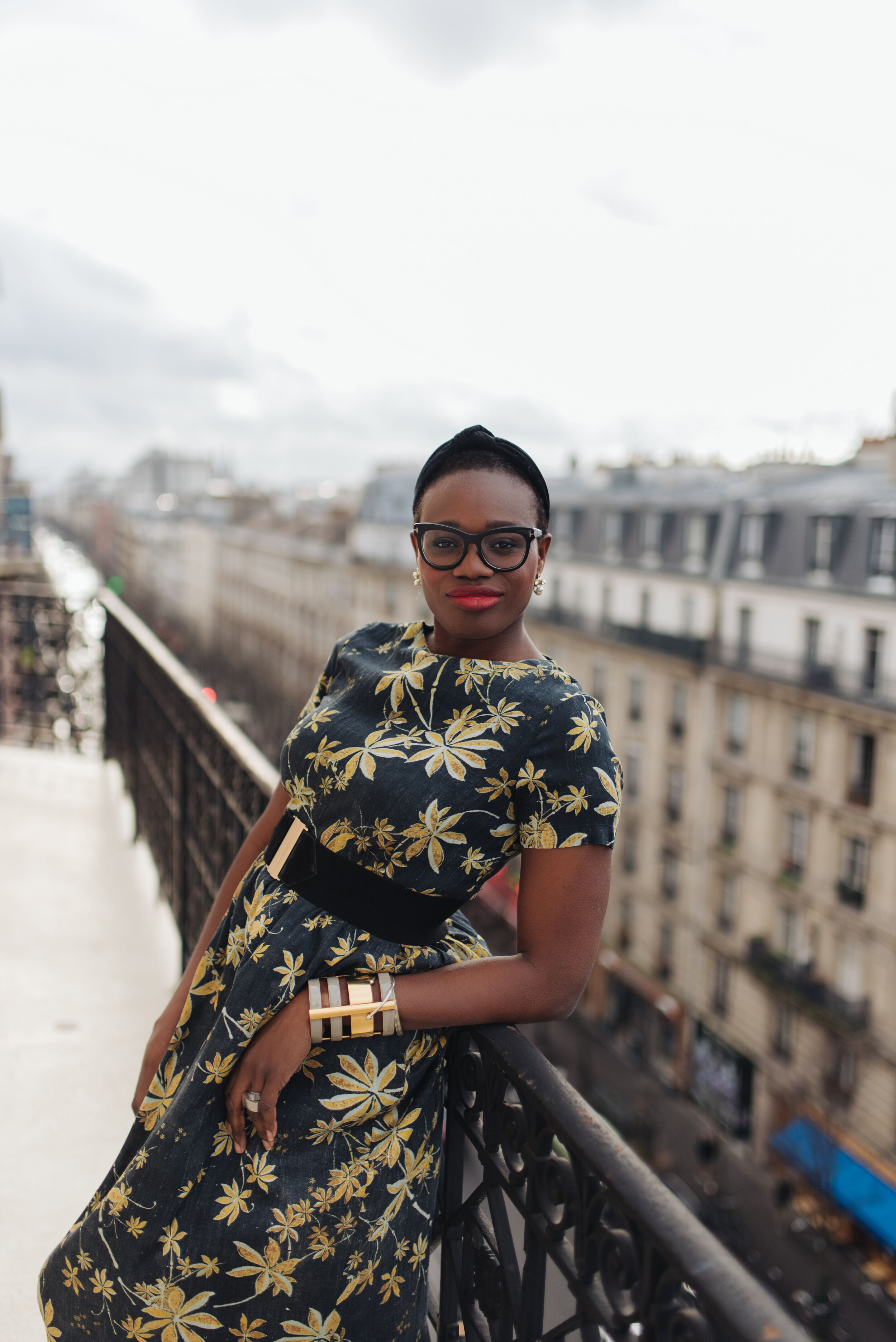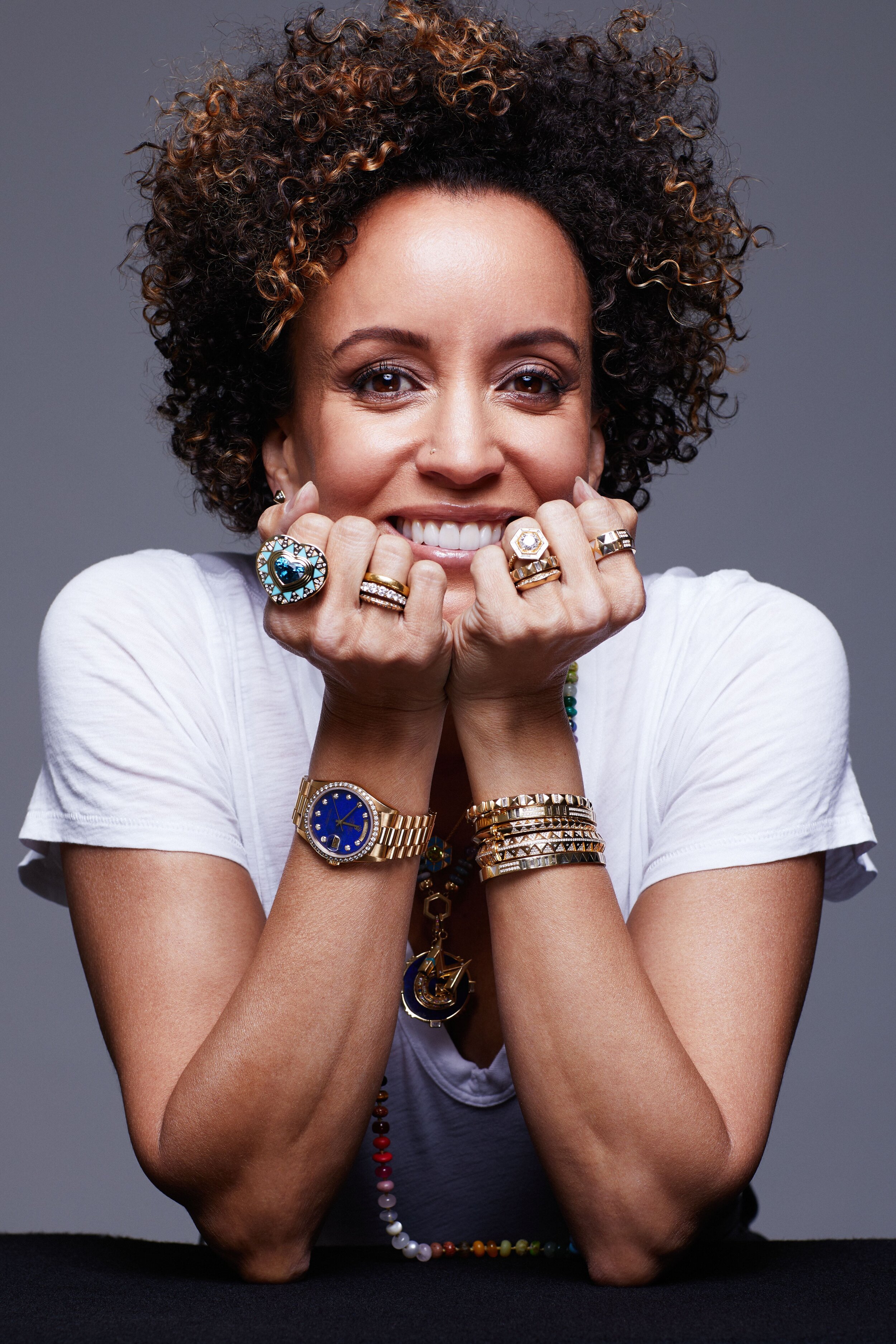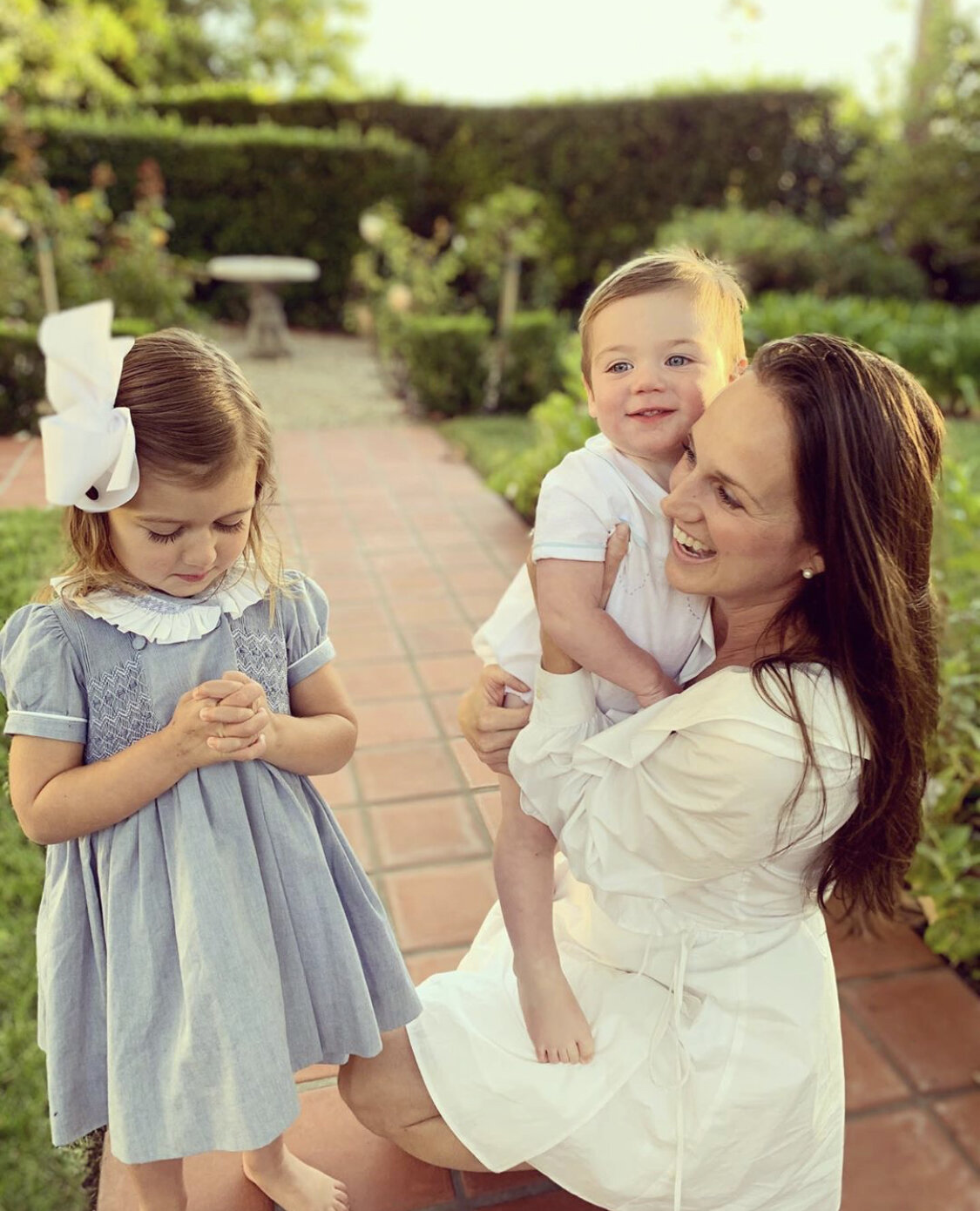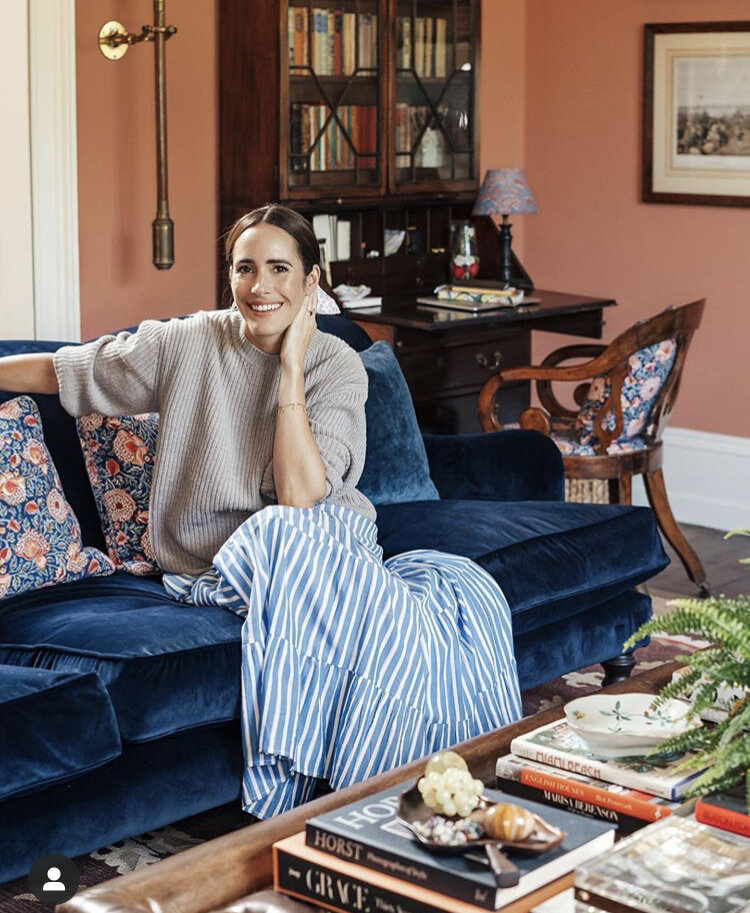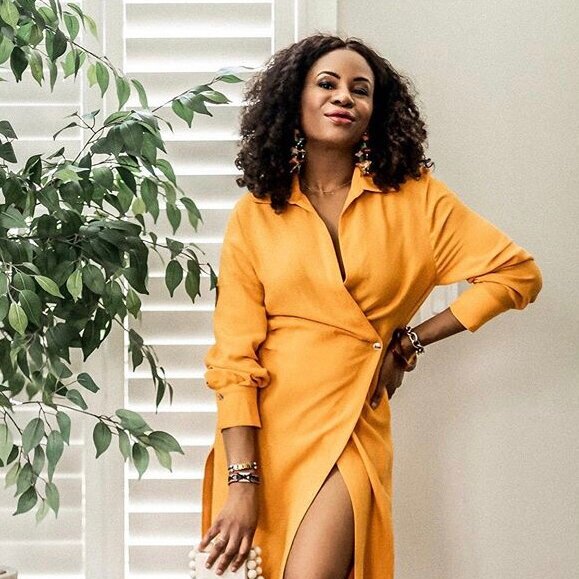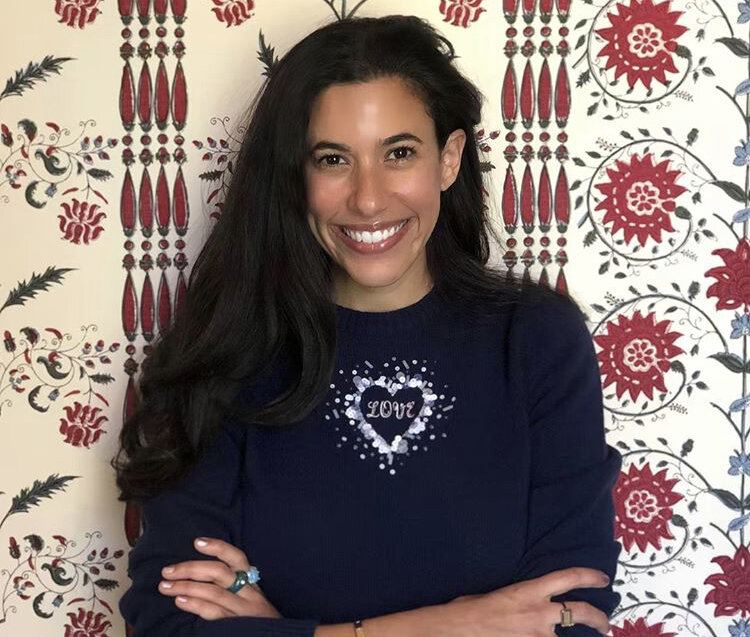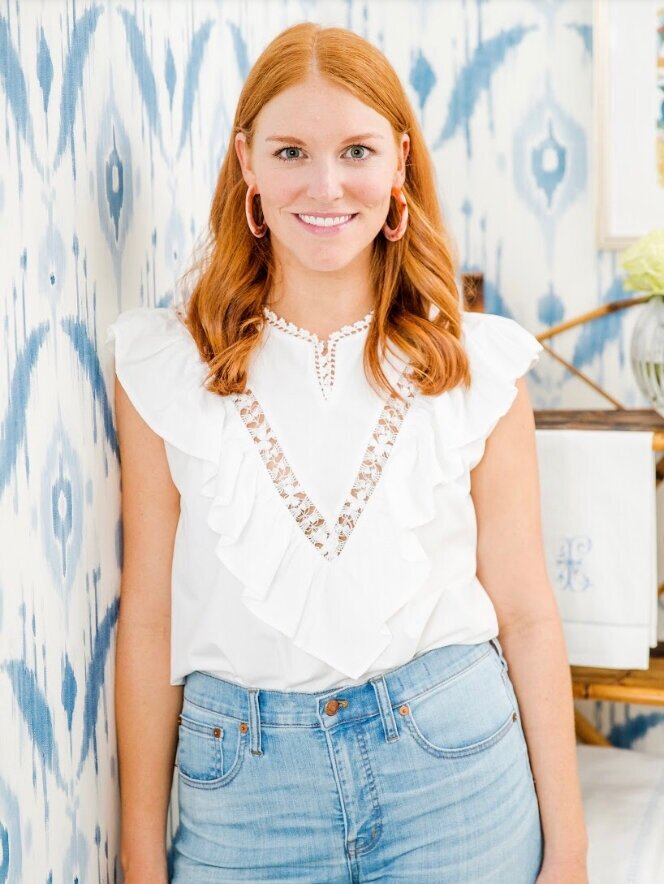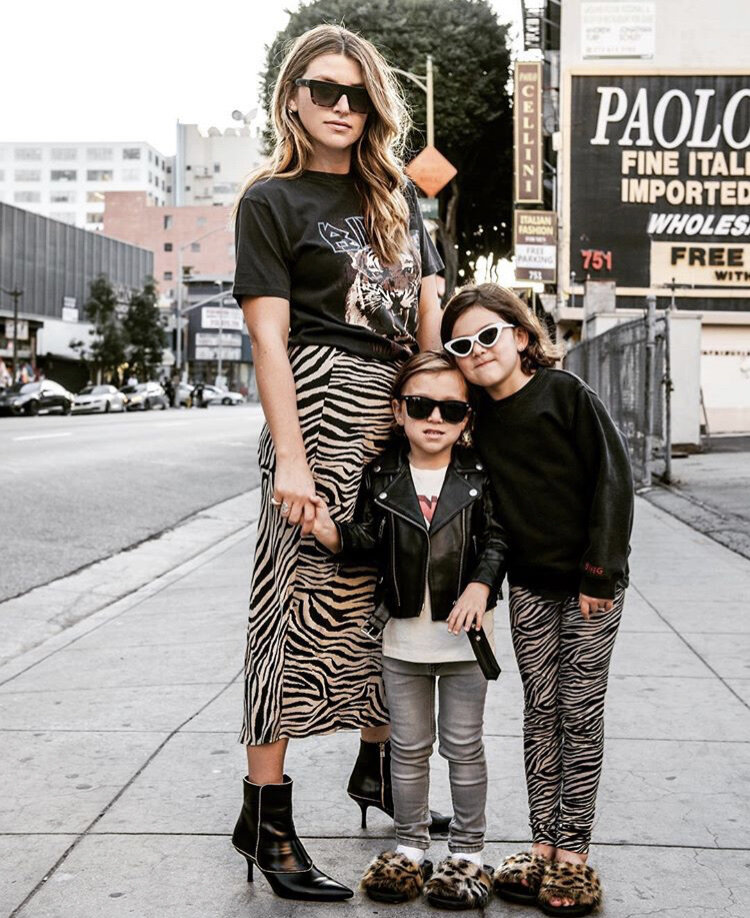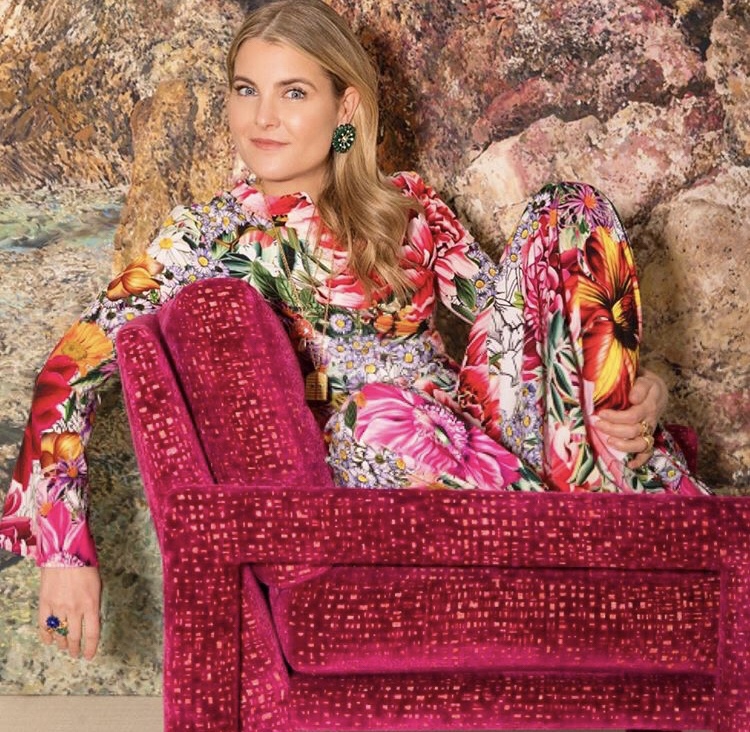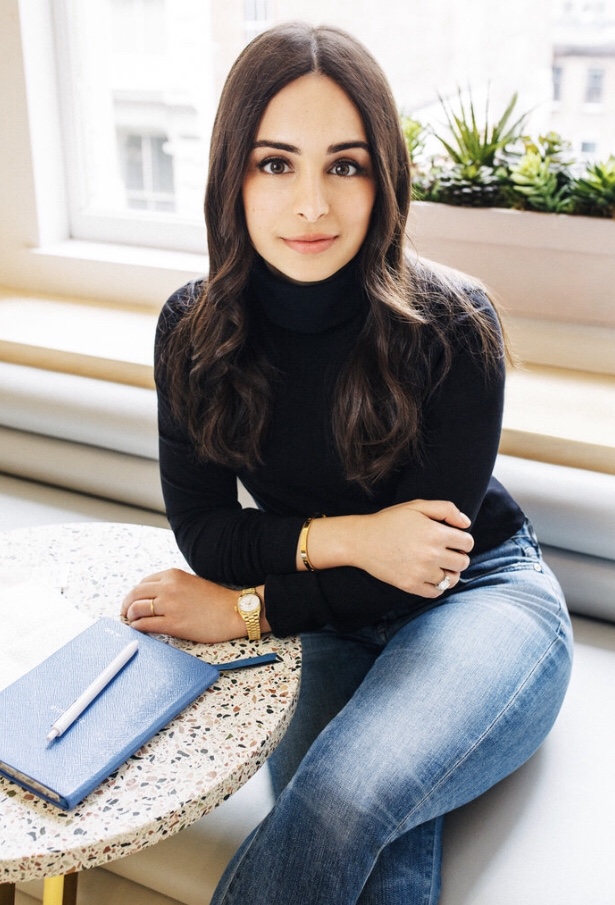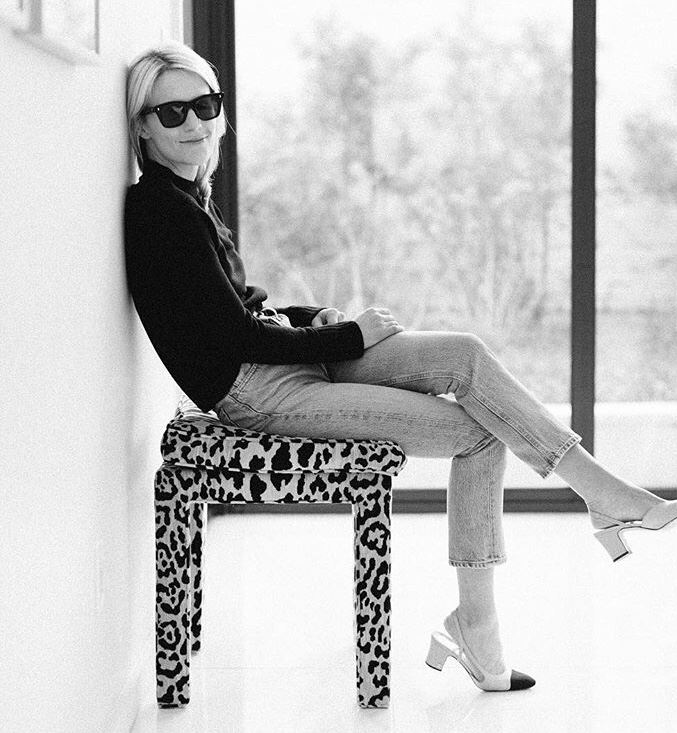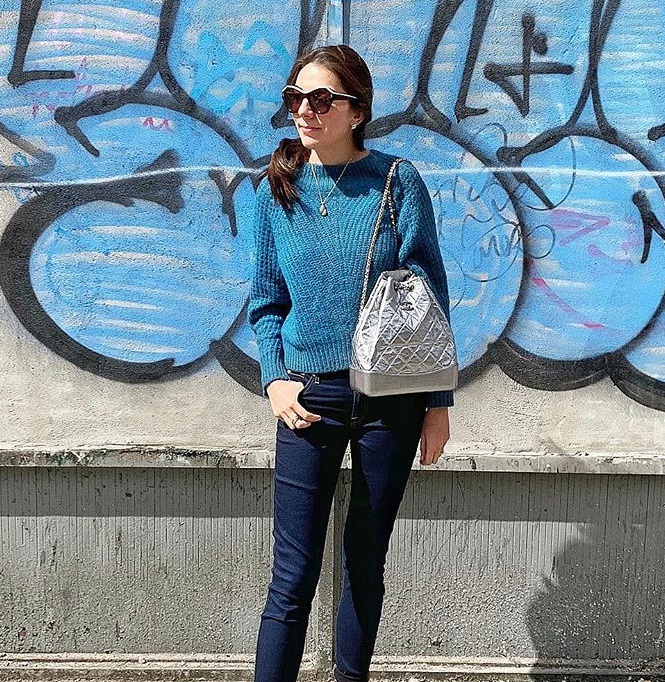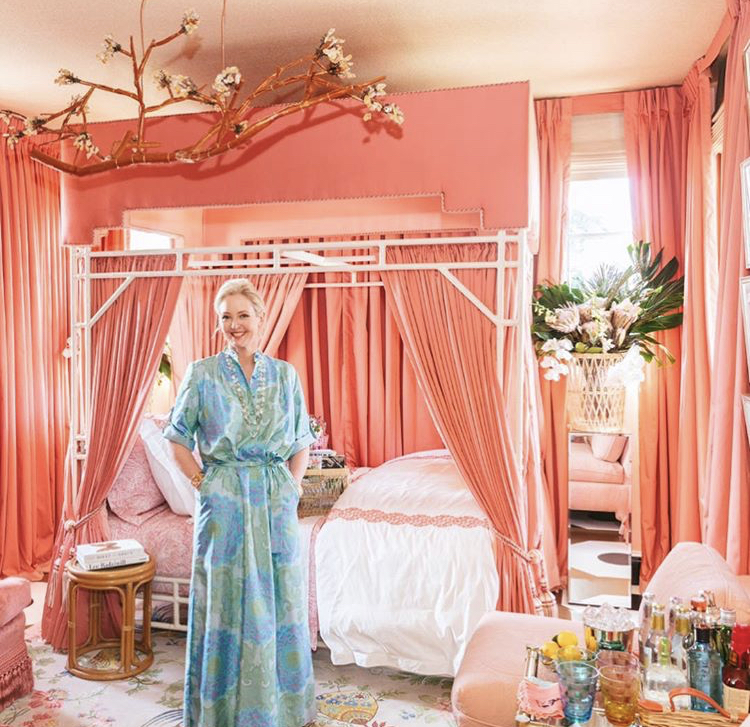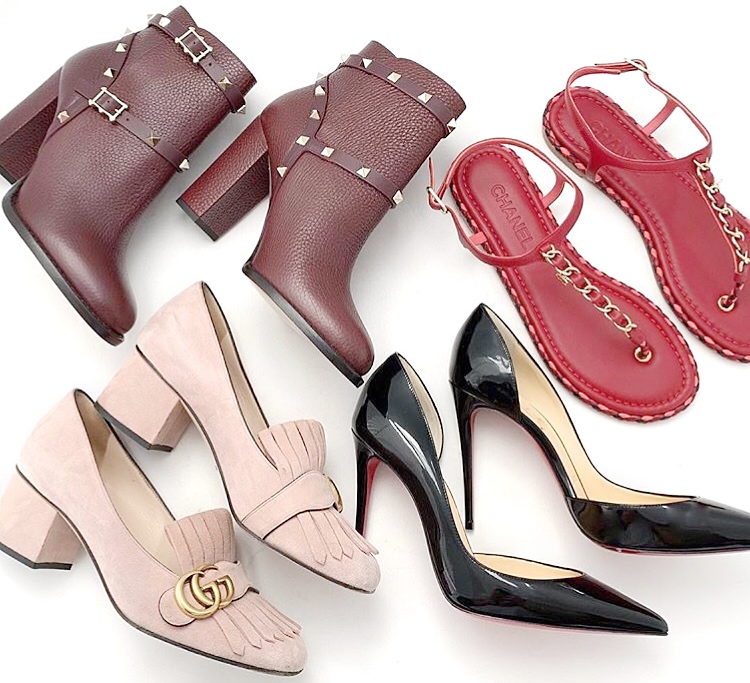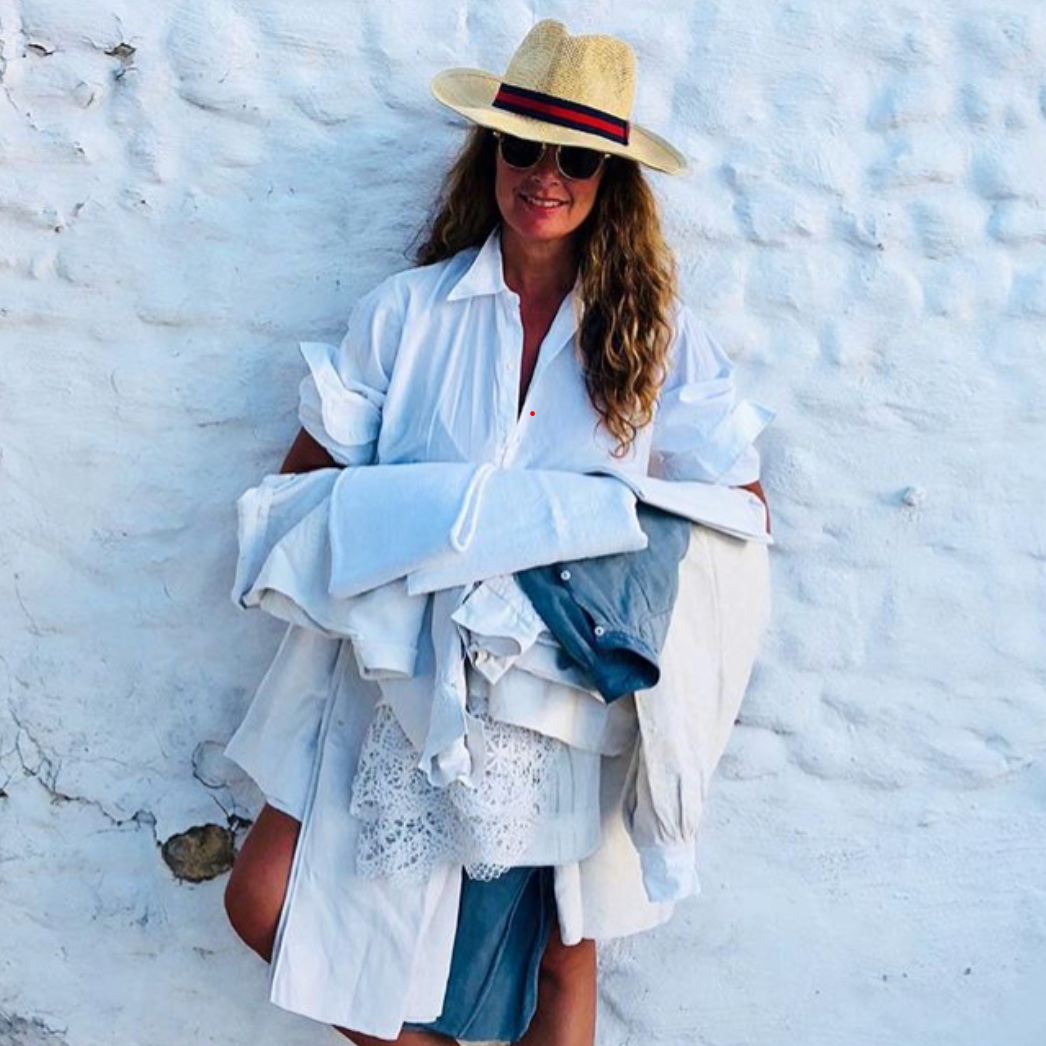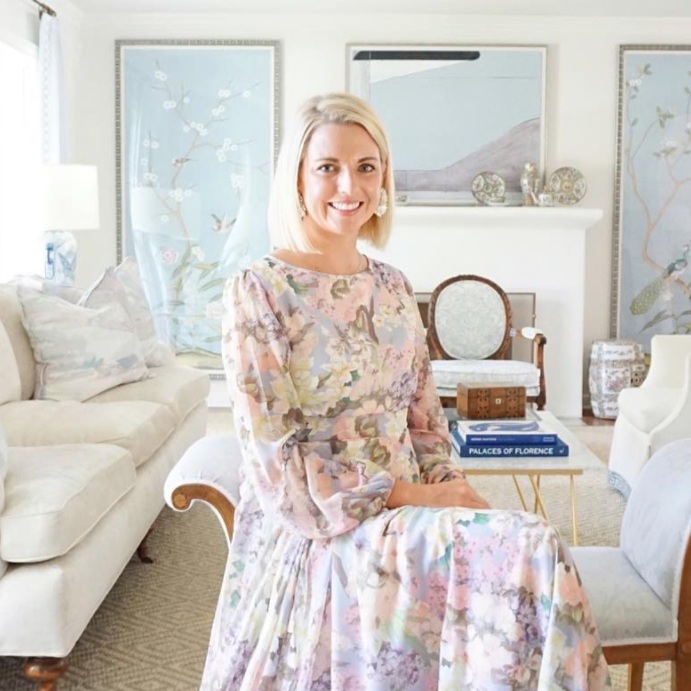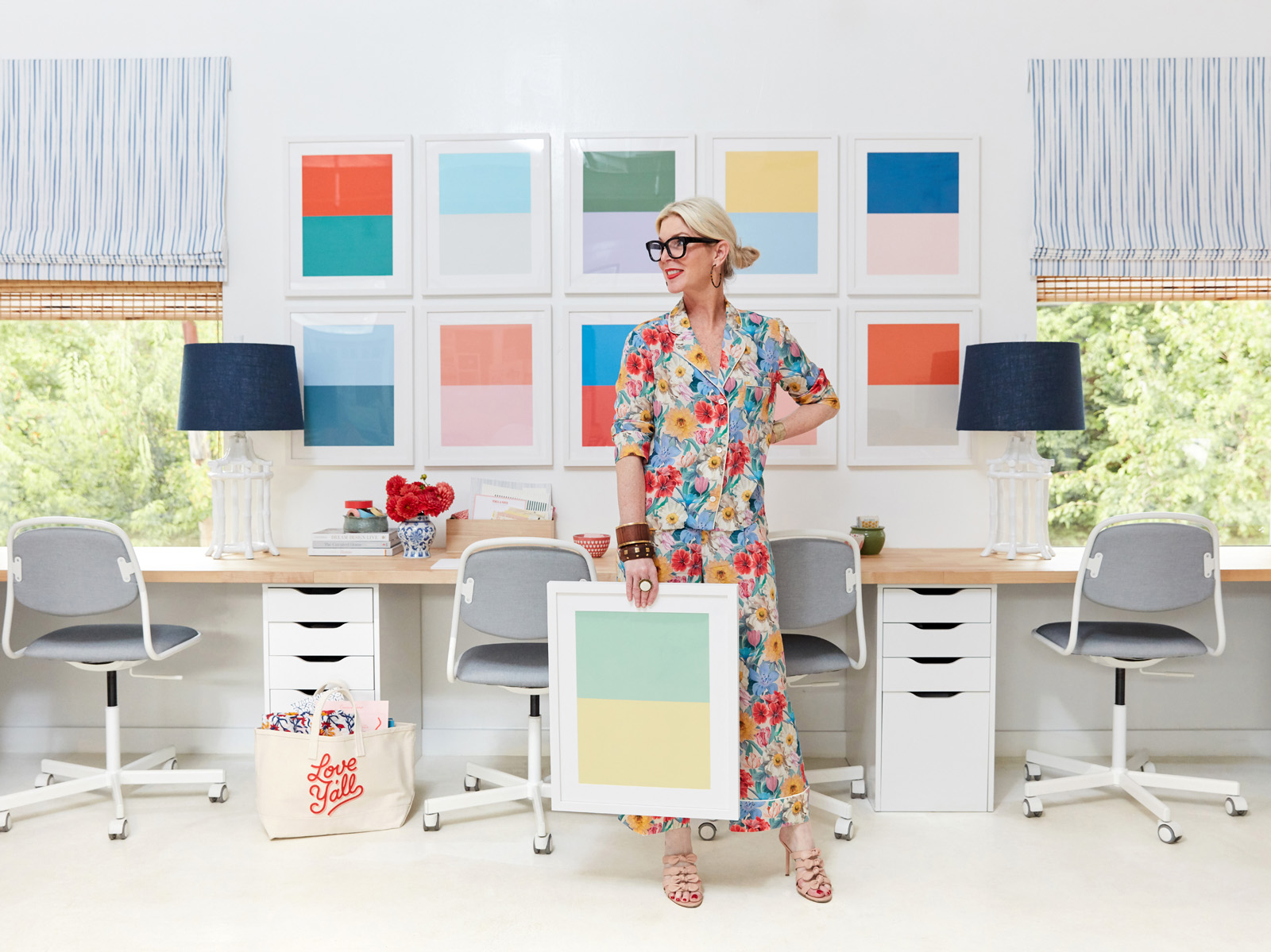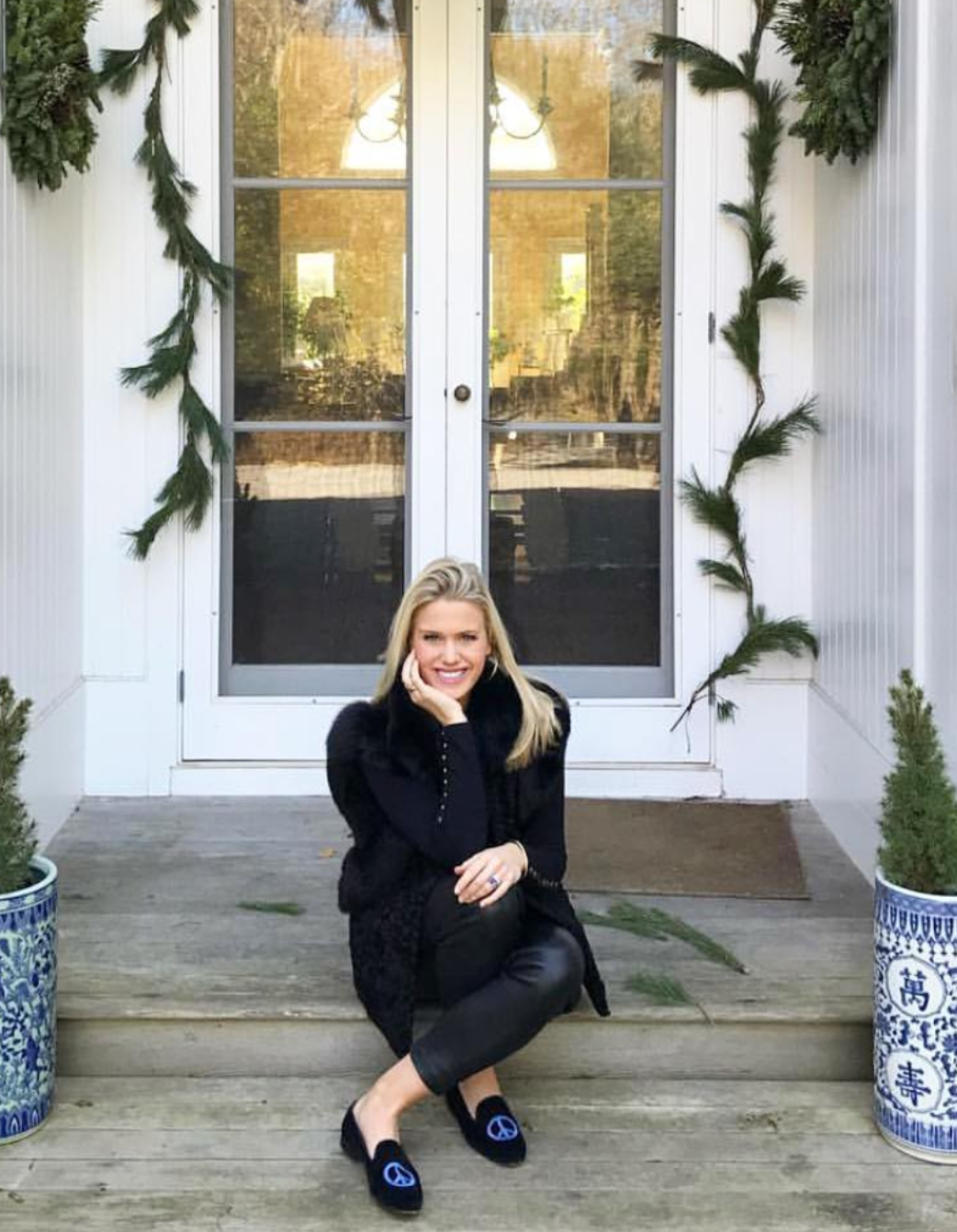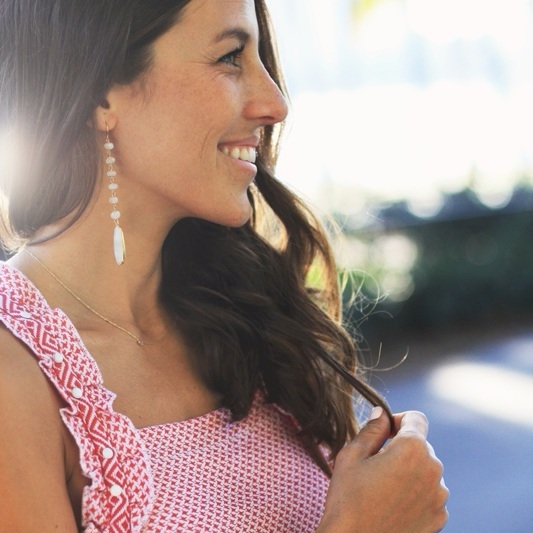T&T EXPERTS
CONVERSATIONS WITH WOMEN WHO ARE EXPERTS IN THEIR FIELDS
THE EXPERT
Lucy Grogan Edwards |Vice President & Jewelry Director | Grogan & Company, Fine Art and Jewelry Auctioneers
Can you tell us a little bit about yourself and your background in appraisals/auctions?
I grew up in the auction business and like many children of family businesses, was determined to make a career doing anything but! Fast forward to my first art history class in college (“just to fill my art requirement”), and I immediately fell for the subject. I majored in art history and spent my first few years after college working for a museum, then a gallery, and finally an auction house (not my family’s). By then, it was clear to me that the auction world was where I wanted to be, and I was finally self-aware enough to realize that joining the family business might not be the worst thing and actually a great decision. It was at this point that I decided to combine my lifelong passion for jewelry with a career in the auction world by enrolling at the Gemological Institute of America. That was in 2013. I formally established our company’s jewelry department in 2014, and here we are!
You evaluate antique jewelry every day, what is your favorite era of jewelry design?
That’s like picking a favorite child, which I’ve heard all parents secretly have…so I’ll give you mine: Retro jewelry of the 1940s. The bold geometric chunky designs from that period slay me!
What is your favorite piece that you've appraised thus far?
Rather than a favorite piece (there are too many!), I have a favorite collection: that of a deceased woman whose 90-year-old widower sat with me throughout the whole appraisal and told me stories about each piece, i.e. where they were when they purchased it, on what occasions she wore it, etc. It is often the stories behind the pieces – and the people who wore them – that make them so priceless.
What is the piece that you kick yourself for not buying for yourself?
A Retro bicolor gold chunky link bracelet. The one that got away! I still have my eye out for another one.
Any tips for someone interested in purchasing an antique engagement ring?
Start your search early! Especially if you’re hoping to buy at auction. Antique engagement rings are one of a kind wonders and it can take time to find your perfect one.
Of the four C's, which do you think is the most important? Which one is the least?
It’s impossible to rank their importance, but I think the most underrated is “cut.” A well-cut stone’s brilliance and sparkle can make up for (almost) any flaw, while a poor cut stone, no matter how white and clean, can appear flat and lifeless. And while I would never say “color” is least important, I do think it’s the most forgiving of the four C’s.
What stones are timeless in your opinion?
Diamonds are the obvious choice, but I also look to any stones used frequently in antique jewelry: sapphires, rubies, and emeralds, of course, but also aquamarines, tourmalines, amethysts, citrines, and topaz (is that too many to list?).
What stones should we be giving another look?
Funky agates (i.e. rocks) and organic materials like coral.
Any dead giveaways for imitation stones, metals?
Do you know that brassy smell that costume jewelry can carry? An easy way to identify “fake” gold is to rub it firmly a few times with your thumb and then smell your thumb. Real gold won’t smell like anything while a plated gold will often leave a brassy smell behind. This is due to the metal alloy containing brass hiding beneath the gold plate. Also, real pearls feel grainy when you rub them against your teeth. Fake pearls feel…well, fake (plastic-y).
You are an Antiques Roadshow appraiser. What is the most valuable thing you have appraised on the show?
A Van Cleef & Arpels Art Deco diamond strap bracelet in St. Louis - it was the real deal! From the 1930s with the characteristic architectural lines of the period, it was breathtaking. Alas, the woman had recently inherited it from her mother and knew the approximate value so it wasn’t filmed for TV. I think it easily would have cleared $100,000 at auction today!
Are most people on Antiques Roadshow surprised because the value is higher than expected or lower than expected?
It’s a toss-up. I have just as many guests surprised that their objects are worth any monetary value (even a $10 appraisal can bring joy!) as I do disappointed guests who think their items are worth more. As I like to say, don’t shoot the messenger – I don’t set the market! Overall, Antiques Roadshow guests are thrilled to be there, and it’s their enthusiasm that gets me through the marathon (12+ hour!) appraising days.
How does selling to an auction house typically work for a seller?
The first step is to get a consignment proposal for your item, which can often be done with emailed digital photos. The specialist (me!) will then provide you with an auction estimate, reserve, and seller’s commission amount. The estimate is the approximate value range within which we expect something will sell. The reserve is the minimum price for which we will sell the item. And the seller’s commission is the commission we will charge you for the sale. The auction house works as the seller’s agent of sale. I like this relationship because we are on the same team and your best interest is my best interest: to present an item to the market in the most advantageous way (in order to maximize its value potential!).
Can you provide any tips for buyers on how to successfully bid at auction?
Always ask for a condition report and more photos, and when possible, try to connect with a department specialist to ask if there’s “anything else you should know” about that piece you are considering bidding on. It’s amazing how much additional information you can find out in terms of the overall quality and feel of a piece that doesn’t come through in the catalogue photos and description.
Any popular misconceptions about the world of auction houses and or antiques that you'd like to debunk?
Auction is the most transparent mode of buying and selling items. As the seller, you will know exactly what your item sold for and how much you will receive from that sale. As the buyer, you will know exactly how the bidding progressed in order to land on the final bid price.
What item are you most excited to show at your upcoming June auction?
A dreamy Art Deco Kashmir sapphire ring made by the New York jewelry firm Marcus & Co. in the 1930s.
Favorite part about your business?
Preserving history! By stewarding historically important pieces of jewelry from consignor to buyer, I feel like I have a hand in preserving the art historical tradition of our world. I also have the opportunity to meet people as beautiful and interesting as the jewelry they are selling or buying.
ABOUT LUCY
Lucy joined her family’s business in 2013 upon returning to the east coast from Jackson, Wyoming. A graduate of Trinity College in Connecticut and the Gemological Institute of America, Lucy serves as Vice President, Jewelry Director, and auctioneer for the firm. She can also be seen on PBS's Antiques Roadshow as a jewelry appraiser. Lucy’s previous work experience includes the Brooklyn Museum of Art, Trailside Galleries in Jackson, Wyoming, and the Jackson Hole Art Auction. Lucy is on the board of KieveWavus Education and Maine Recovery Fund, two nonprofits which combine her passions for outdoor education and supporting those recovering from substance use disorder. Lucy spends most of her time at Grogan & Company’s office in Portland, Maine, where she lives with her husband and their big black dog, Stanley.
FIND LUCY
Sunday, June 14, 2020- 11:00am EDT
Photos used courtesy of Lucy Grogan Edwards
